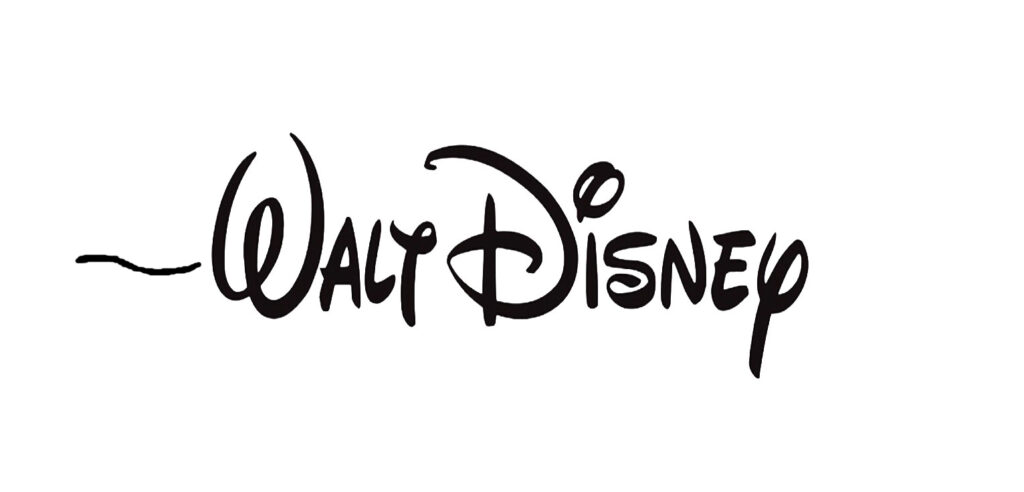BEDTIME
The song “Little Wooden Head” ends with Pinocchio dancing off the edge of the workbench, tripped up in a clutter of pots, pans, a pitcher, a palette and so forth and causing a terrible racket, which rouses Geppetto from his sleep. Terrified, trembling, the old man seizes a blunderbuss and with Figaro at his heels starts investigating the intrusion. Finding his marionette on the floor, he gently replaces it on the bench, muttering “How did you get down there?” When Pinocchio casually answers, “I fell down,” the flabbergasted woodcarver assumes he is dreaming and dumps a pitcher of water over his head to wake himself up. Challenged by the old man to speak again, Pinocchio giggles and remarks, “Gee, you’re funny!”, and the cat is out of the bag! At the mere mention of the Blue Fairy, it all becomes perfectly clear to Geppetto and he is euphoric. Joyfully he introduces his new ward to his pets, cat and goldfish, and starts up some of his music boxes to enliven the celebration. Playing his concertina he dances with Pinocchio in front of the fireplace. His body can be seen silhouetted within his nightshirt. Again the womanizer, Jiminy is attracted to a bustled and tightly-corseted music box figurine dancing a minuet. Trying to cut in, instead he gets sandwiched between her and her wooden male partner.
As Geppetto scouts the room for toys to bestow upon his new son, Pinocchio has become fascinated with the flame of a candle. Figaro, likewise curious, bats at it while the puppet tries to pinch the flame between his fingers. Inevitably, his pointer catches fire. Feeling no pain because he is still made of wood, he raises his flaming finger to show Geppetto: “Look! Pretty!”

Horrorstruck, the old man flings into the air his armload of playthings, snatches the boy up and panic-stricken begins charging around the room searching for water to douse the flame. Jiminy proffers a tiny hatful but trips and falls into it himself. Figaro, scrambling about at Geppetto’s feet, gets his tail stepped on and his yowl of pain metamorphoses cleverly into a fire siren. A nearly unnoticeable “continuity” flaw happens here: five top animators drew Geppetto in this sequence, some with the woodcarver wearing his nightcap, others without it. As a last resort, the desperate old fellow plunges the marionette’s finger into Cleo’s fishbowl thereby extinguishing the flame. Up through the surface of the blackened water Cleo’s head emerges coughing and blowing smoke rings.
Declaring enough excitement for one evening, Geppetto takes his little wooden head to bed. Figaro snuggles down under the quilt next to them but is aggravated at Pinocchio’s unrelenting questioning. This short snippet of dialogue is precious: to each of Geppetto’s patient explanations his son, a neophyte to Life itself, asks “Why?” Go to sleep. Why? Rest up for school tomorrow. Why? And so forth until exhausted Geppetto simply sighs, “Because.” “Oh,” mutters the satisfied puppet, accepting this last explanation as perfectly logical gospel. Jiminy beds down in the matchbox, pulling its cover over him like a blanket.
Kaufman sums up this section of the movie thus:
…These five sequences combine to form a discrete block… having been worked and reworked innumerable times, well into the summer of 1939 – they were the last part of the story to be finalized… in this opening the film has established a lasting image of [Pinocchio’s] warm and comforting home.[1]
[1] Kauffman, J.B.: Pinocchio, The Making of the Disney Epic, Walt Disney Family Foundation, San Francisso, CA, 2015, p. 171.
